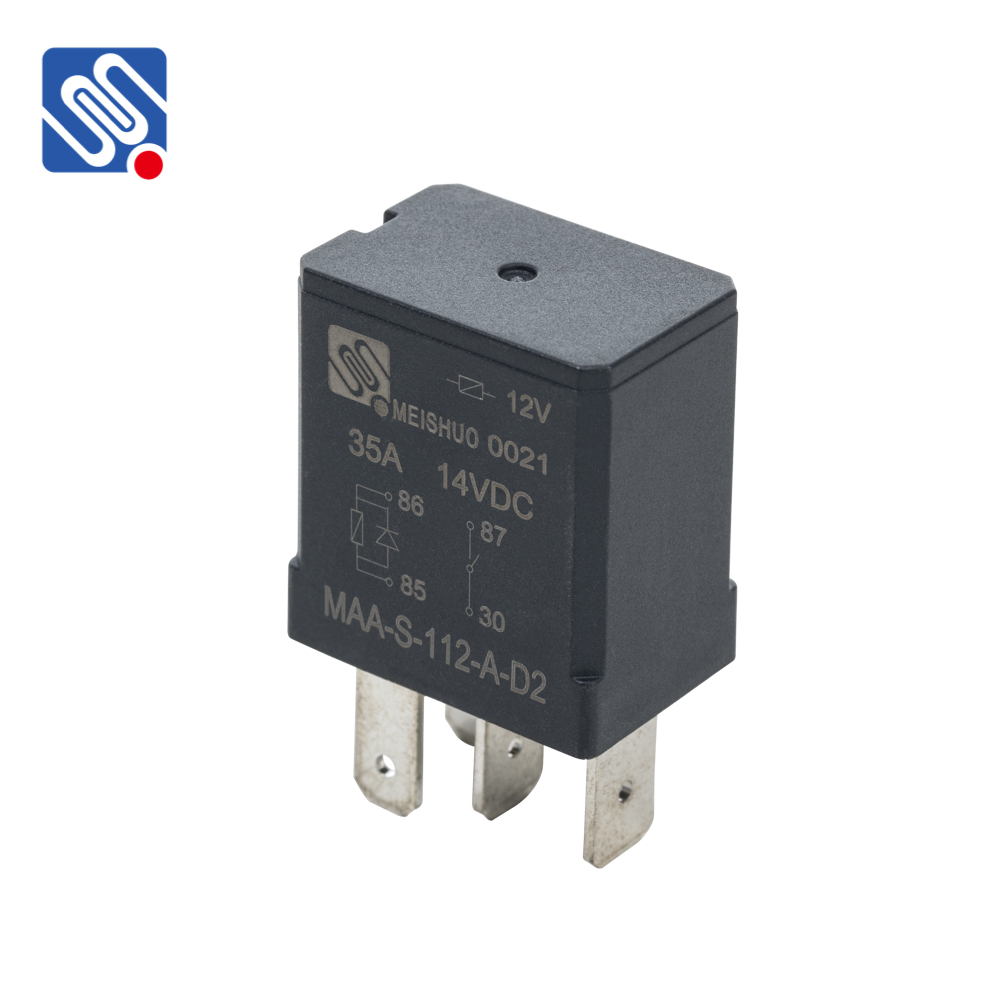A 12V relay is a crucial component in various electrical and electronic systems, serving as an effective switching mechanism for controlling higher-power circuits with a low-voltage signal. Its utility spans a wide range of applications, from automotive systems to home appliances, and its ability to manage larger loads safely and efficiently has made it an essential part of modern technology.

What is a 12V Relay? A 12V relay is an electrically operated switch that uses a 12V DC voltage to activate or deactivate a circuit. It consists of a coil, a set of contacts (either normally open or normally closed), and an armature. When an electrical current passes through the coil, it generates a magnetic field, which moves the armature to either close or open the contacts, thus switching the connected circuit. This mechanism allows low-power control signals to manage high-power systems, making it an indispensable tool in electronics. How Does a 12V Relay Work? The working principle of a 12V relay is based on electromagnetism. When the relay’s coil is energized by a 12V DC current, it produces a magnetic field that pulls a movable armature. This armature either opens or closes the relay contacts, depending on whether the contacts are normally open (NO) or normally closed (NC).